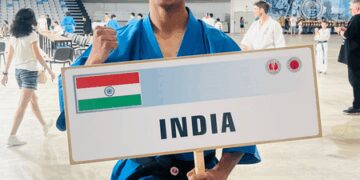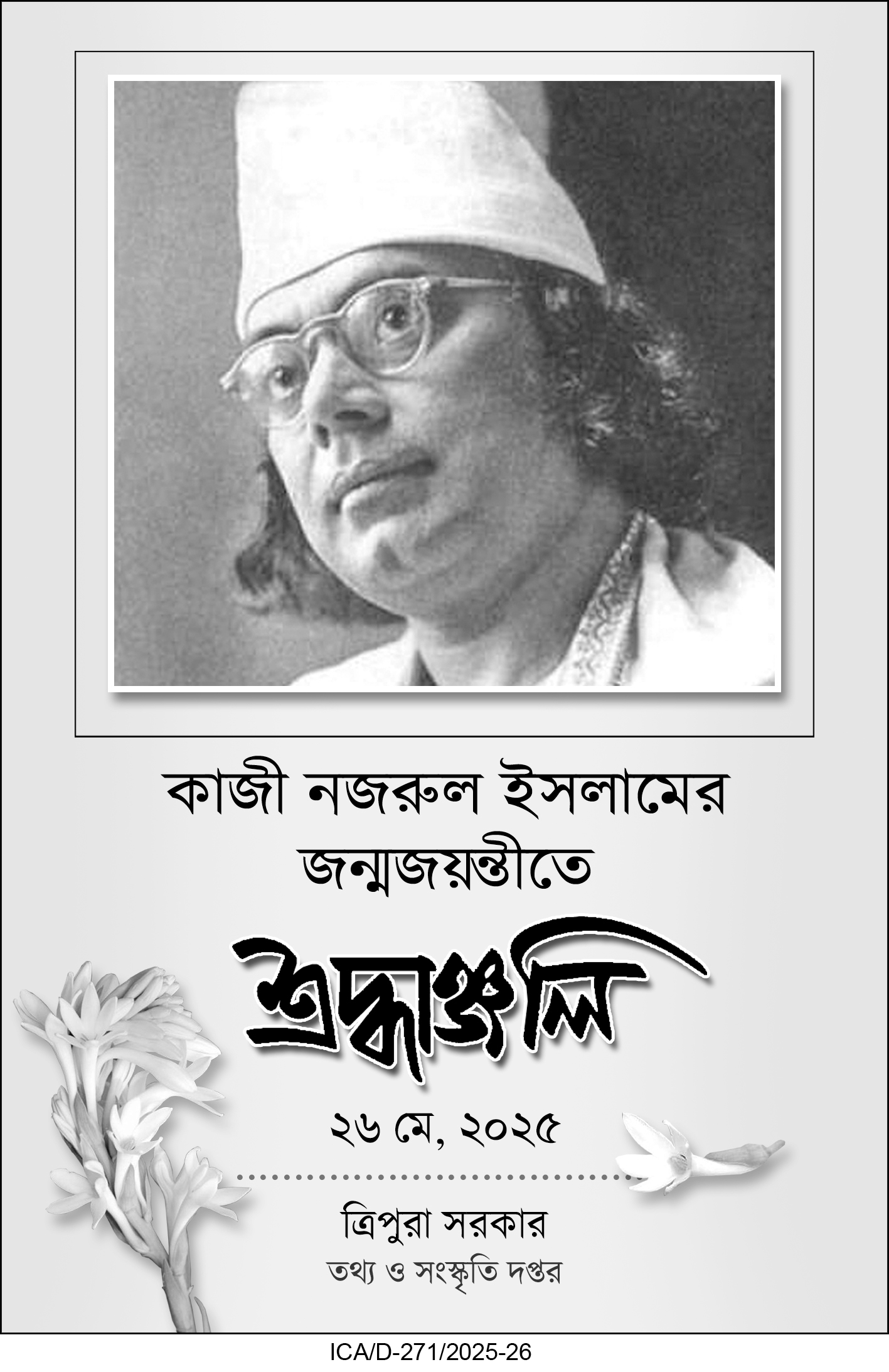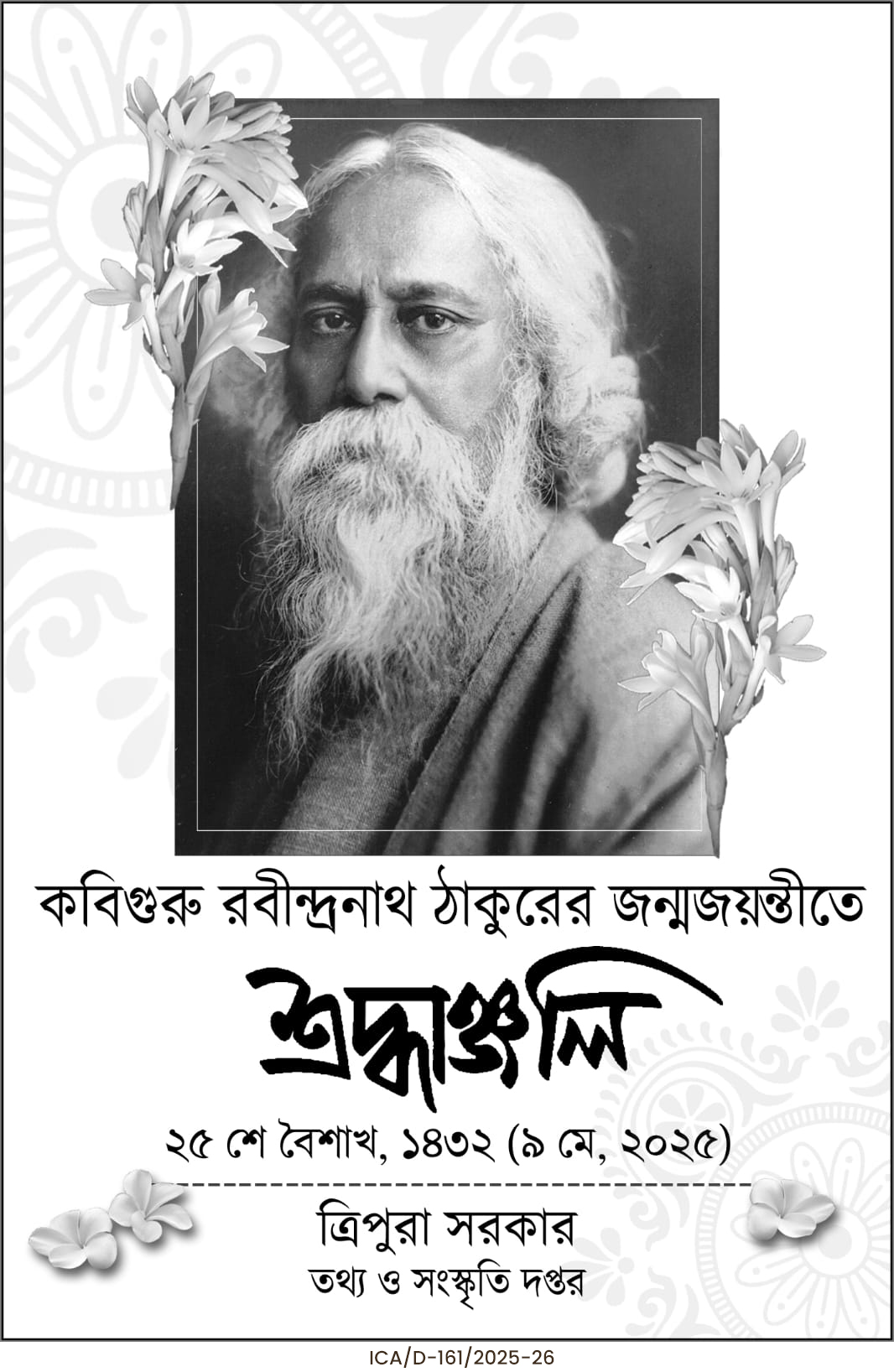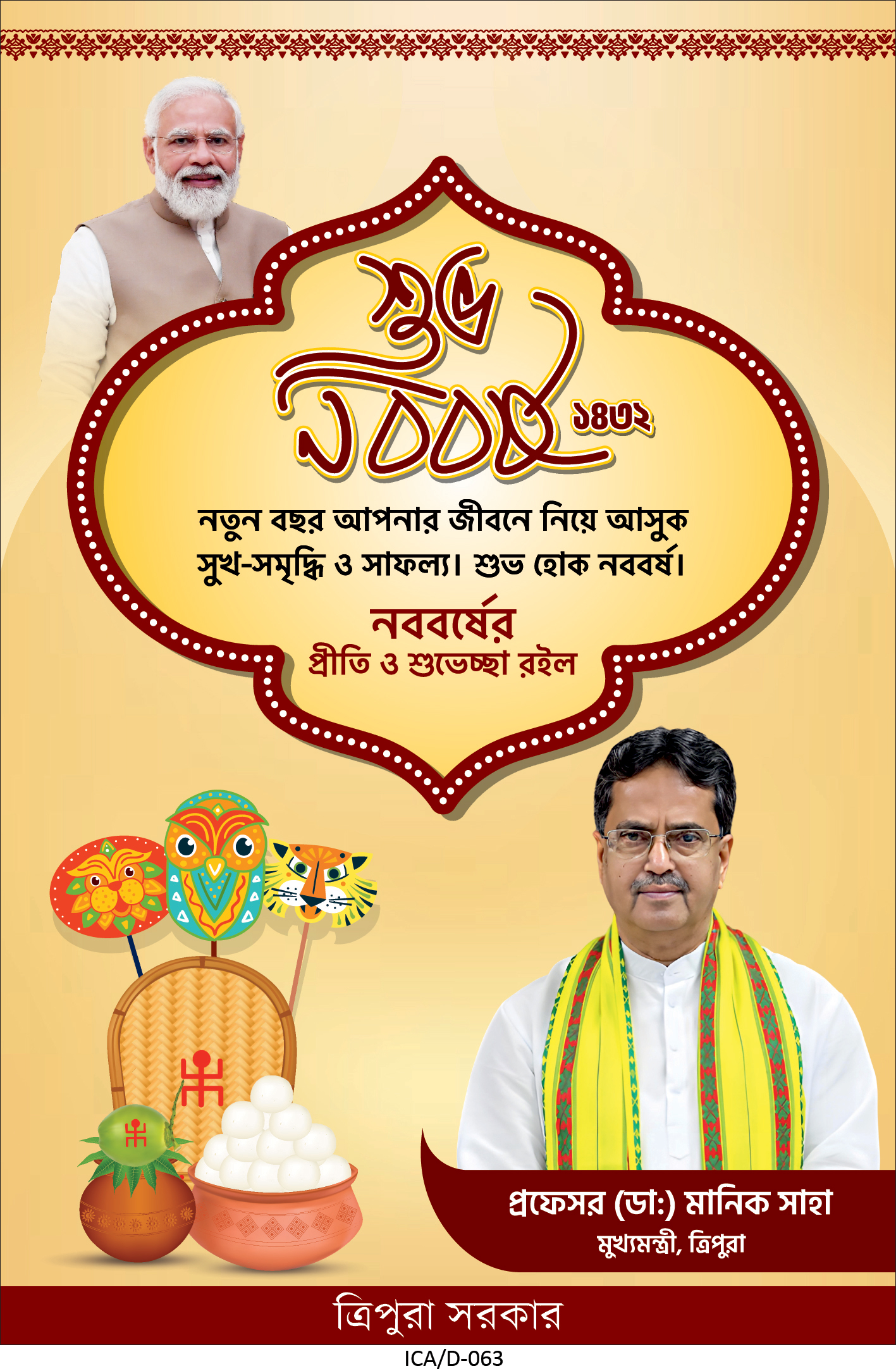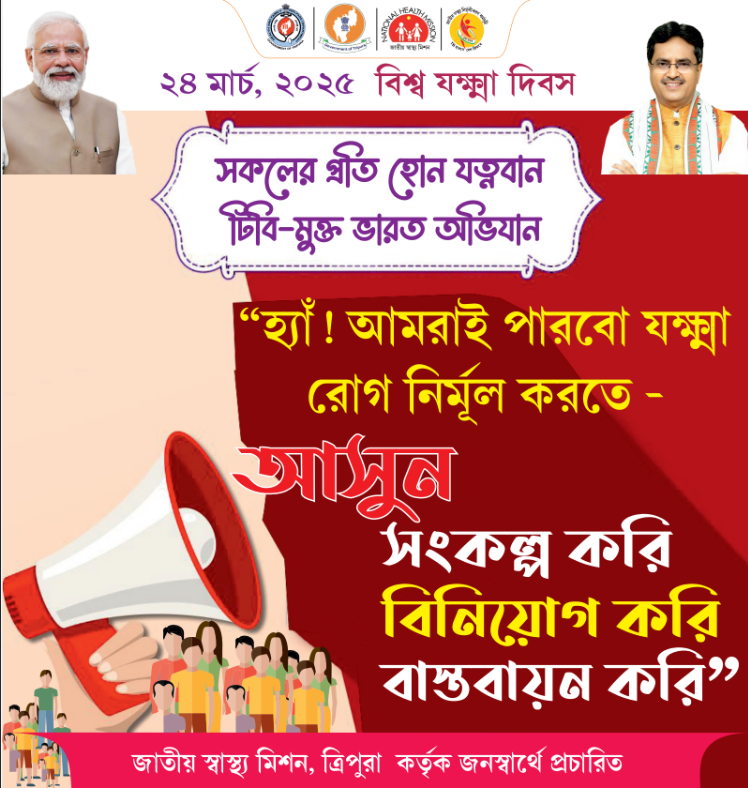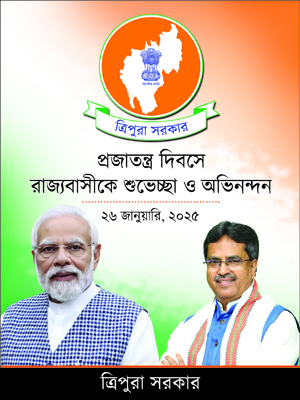Buddhists from 22 vihars held a mass sit-in at Kanchanpur’s Shakyamuni Buddha Vihar demanding exclusive Buddhist control of the Mahabodhi Temple and repeal of the Bodh Gaya Temple Act of 1949.
Kanchanpur (Tripura), Aug 3: In a display of unity and religious assertion, monks and devotees from 22 Buddhist monasteries across the Kanchanpur subdivision in North Tripura District gathered at the Shakyamuni Buddha Vihar for a day-long mass sit-in.
The protest, which commenced at 10 AM on Sunday, was spearheaded by the Buddha Samaj Kalyan Committee and centered around a growing demand to repeal the Bodh Gaya Temple Act of 1949.
The sit-in witnessed the participation of prominent community figures, including Gopal Chakma, Yamuna Chakma, Asendu Bikash Barua, and Tapan Barua, who lent their voices to a collective call for reform in the management of one of Buddhism’s most sacred pilgrimage sites — the Mahabodhi Temple in Bodh Gaya, Bihar.
The demonstration was highlighted three key demands:
1. Exclusive Buddhist Representation in Temple Management: Protesters called for the Bodh Gaya Temple Management Committee (BTMC) to be comprised solely of individuals practicing Buddhism.
2. Repeal of the 1949 Bodh Gaya Temple Act: Demonstrators argued the current legal framework fails to reflect the spiritual and historical ownership of Buddhists over the site.
3. Constitutional Safeguards: The community demanded full protection of their religious rights under Articles 25 and 26 of the Indian Constitution, which guarantee freedom of religion and the right to manage religious affairs.
Addressing the gathering, speakers stressed that the Mahabodhi Temple — the site where Siddhartha Gautama attained enlightenment — must be under exclusive Buddhist control to preserve its sanctity and heritage.
The inclusion of non-Buddhist members in the BTMC, they argued, undermines the temple’s religious character.
Historical Grievances and Contemporary Challenges
The Bodh Gaya Temple Act of 1949 was enacted shortly after India gained independence, in an effort to resolve competing claims over the temple’s management.
The protesting Buddhists said, the legislation established a governing body that includes both Hindus and Buddhists, with a government-appointed chairperson — a compromise that has remained contentious for over seven decades.
For many in the Buddhist community, the Act is seen as an imposition that dilutes their stewardship of a site that stands as a cornerstone of their spiritual identity, Gopal Chakma said.
Protesters in Kanchanpur underscored that their agitation is not just about governance but about the reclamation of religious dignity and autonomy.
A Broader Movement in the Making
Participants warned that the sit-in was only the beginning. Should their concerns continue to be overlooked, a larger, more organized movement will be mobilized in the near future, potentially extending beyond Tripura and garnering support from national and international Buddhist organizations.
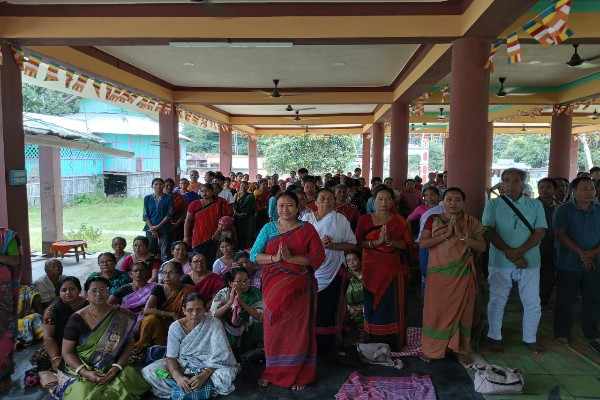
Yumuna Chakma pointed out, this protest also draws attention to broader issues plaguing Bodh Gaya, including environmental degradation, inadequate infrastructure to handle rising tourist footfall, and the need for more sustainable site management that respects its spiritual significance.







